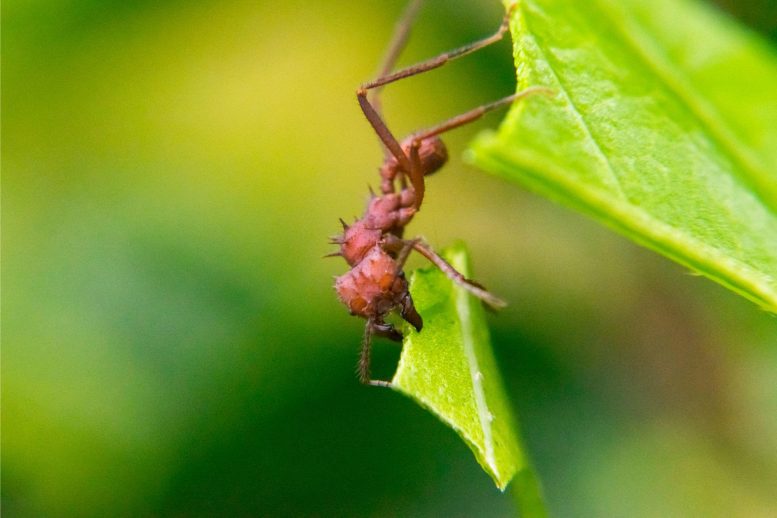
Leaf-cutting ants demonstrate an advanced foraging strategy, meticulously slicing off leaf fragments with their powerful mandibles, displaying a precision that rivals human-engineered tools. This extraordinary leaf-cutting ability is key to their survival, as the harvested plant material serves as a substrate for cultivating their symbiotic fungus, which serves as the colony’s primary food source.
New research reveals how leaf-cutting ants carve leaf portions.
While they may not possess the ability to jump over high buildings in a single leap, leaf-cutting ants are undoubtedly superheroes of the insect world. These tiny powerhouses can haul leaf fragments weighing up to six times their own body mass, which they use to foster fungus growth in their nests.
However how do thes insects ascertain the size of the leaf pieces they meticulously trim using their mandibles?
Do they use their bodies as a simple ruler, or do they use information about the position of their bodies to adjust how far they cut, adapting to the thickness of a leaf while dismembering it?
Knowing that the insects alter the trajectory of a cut when sculpting Parafilm of different thicknesses, Flavio Roces from the University of Würzburg, Germany, decided to find out how the ants govern the size of the portions they trim.
He and his colleagues, Daniela Römer and Rebecca Exl (also from the University of Würzburg), publish their discovery in Journal of Experimental Biology that each ant keeps track of the position of the leaf edge by gripping it with their rear legs while pivoting their bodies as they trim to cut perfect leaf portions.
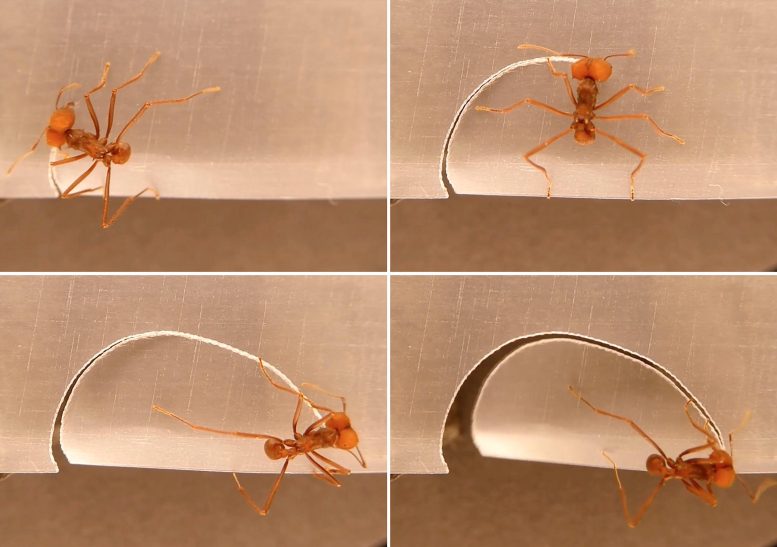
A leaf-cutting ant carving a piece of Parafilm. Top left: initiating the cut with nearside hind leg holding the Parafilm edge. Top right: halfway through the cut, both hind legs holding the edge. Bottom left: cut almost complete, second hind leg holding the edge. Bottom right: cut complete. Credit: Daniela Römer
But first, the researchers needed to understand how the insects snip out regular leaf fragments. Exl fashioned fake leaves from Parafilm – one layer for thin leaves (0.13 mm), three for thick leaves (0.38 mm) – rubbed them with crushed bramble leaves or rose oil to make them more appealing to the ants and installed them in the foraging area of a lab-based Atta sexdens ant colony.
As soon as an ant climbed aboard, Exl retrieved the pseudo-leaf and positioned it in front of a camera to record the ant’s maneuvers.
Initially, the ant lay along the edge of the leaf, with the hind and middle leg on the side nearest the edge gripping the Parafilm. Then, it snipped upward, gradually rotating its body until upright as it cut in an arc, attaching the second hind limb when its body was almost vertical.
As the ant continued cutting, it rotated further, eventually releasing the first hind limb from the leaf edge while still holding on with the second hind limb, until it severed the chunk by cutting through the leaf edge after swiveling the body through 180 deg.
And when Exl compared the ants’ posture as they cut through thick and thin leaves, she realized that they adapted their technique, crouching their legs to reduce their reach to cut smaller elliptically shaped fragments when provided with thick leaves.
So how were the ants controlling the size of the fragments they incised? Could knowledge about the position of their hind legs gripping the leaf edge guide their cutting trajectory?
This time, Exl waited until each ant was halfway through a cut before gently inserting a piece of paper between the ant and the fake leaf to release its grip as it continued snipping. Without knowledge of the position of their legs relative to the leaf edge, some of the ants cut smaller elliptical portions.
They were using information provided by their hind legs gripping the leaf edge to guide the trajectory of their cut. However, some ants were still able to cut similarly sized fragments.
Were they using some other sensory information to guide their trajectory? Could hairs at the front of the neck, which detect the position of the head, contribute to their sense of cutting direction?
Exl cautiously shaved off these hairs and allowed the ants to cut a Parafilm leaf while gently detaching the insect’s limbs from the edge with the paper guard, and this time the ants completely lost track of direction, producing randomly shaped fragments that were nothing like the elliptical pieces they had cut previously.
Leaf-cutting ants depend on knowledge of the location of the leaf edge provided by their legs and the position of their heads, to keep them cutting on the curve and ensure that they never excise fragments that exceed their exceptional strength.
Reference: “Two feedback mechanisms involved in the control of leaf fragment size in leaf-cutting ants” by Daniela Römer, Rebecca Exl and Flavio Roces, 22 June 2023, Journal of Experimental Biology.
DOI: 10.1242/jeb.244246
The study was funded by the University of Würzburg.

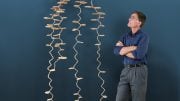
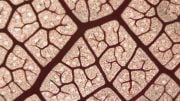
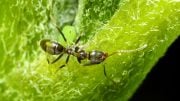
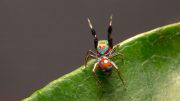
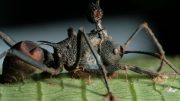
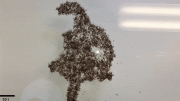
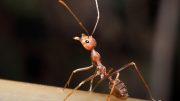
Be the first to comment on "Insect Superheroes: Researchers Unearth Secrets of Leaf-Cutting Ants"